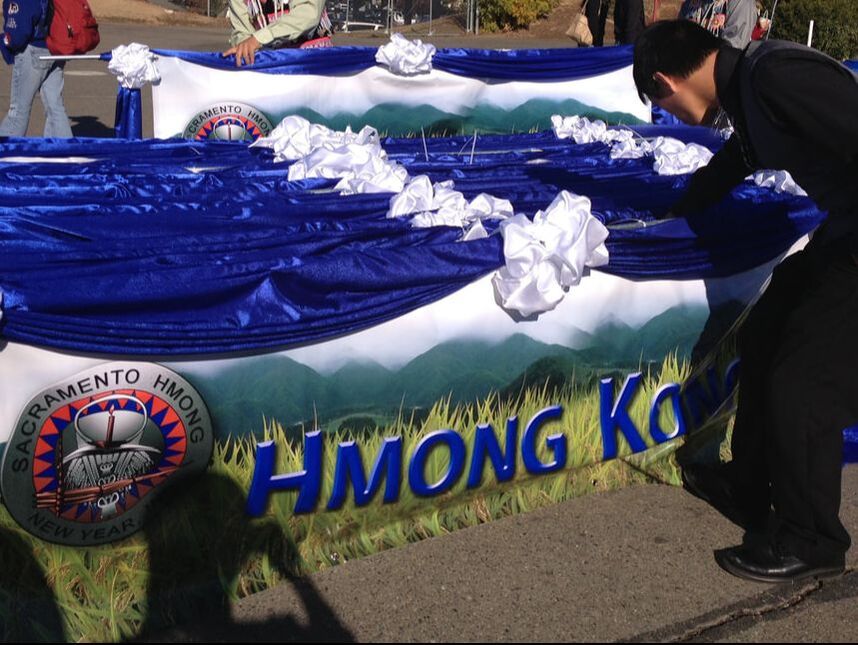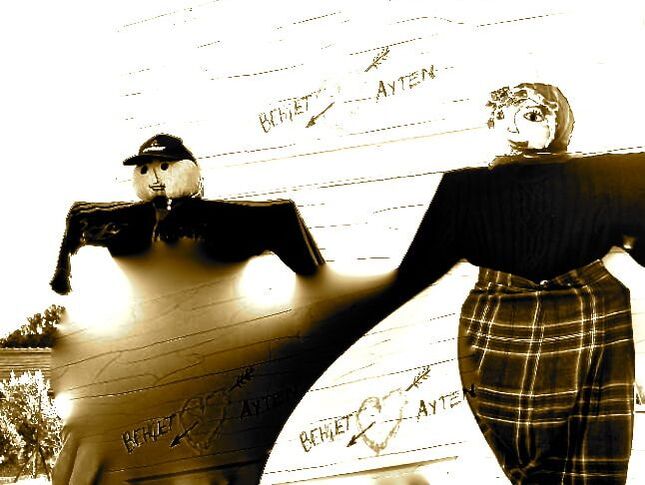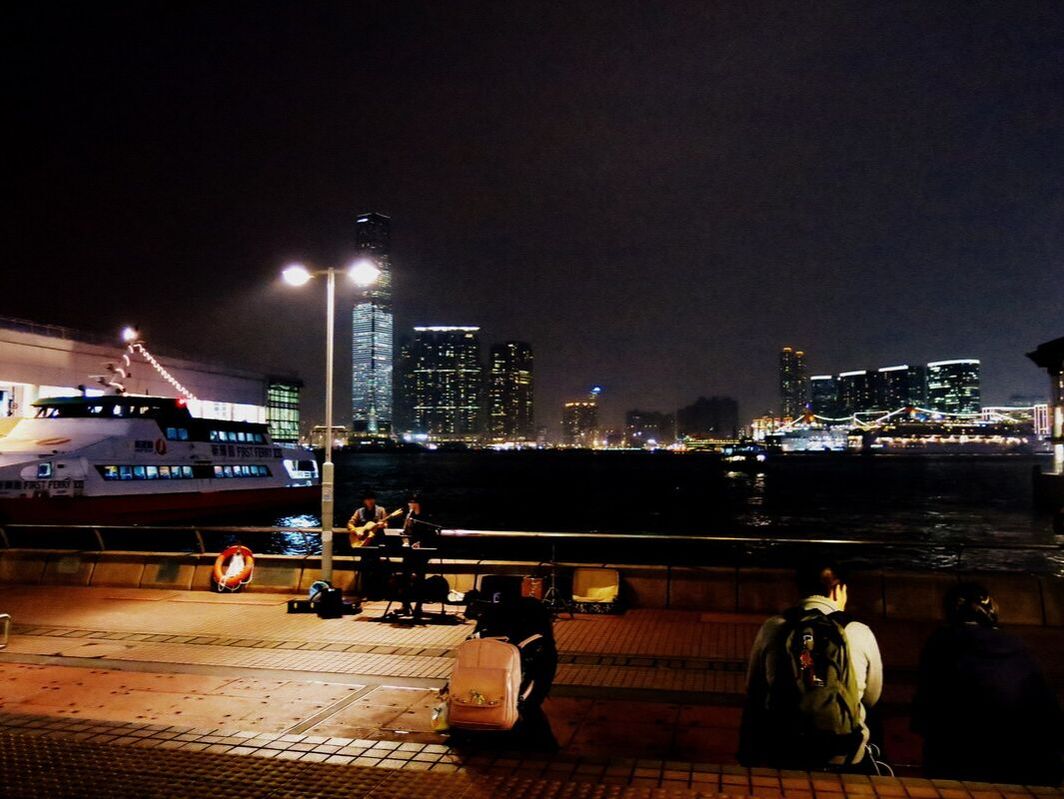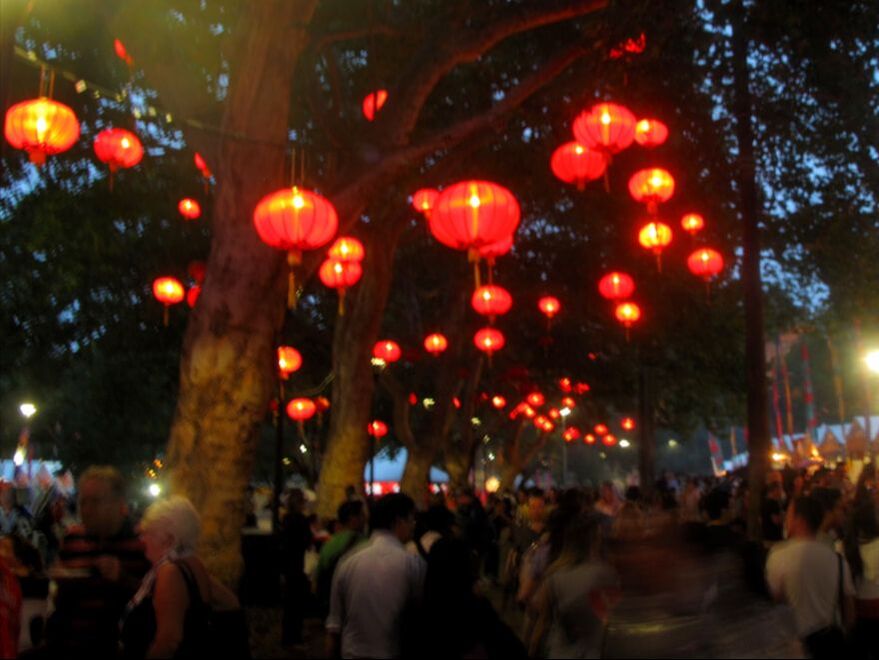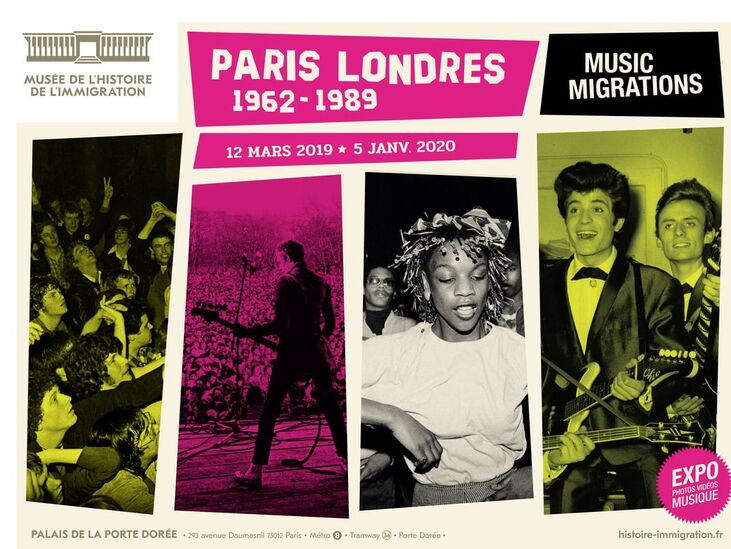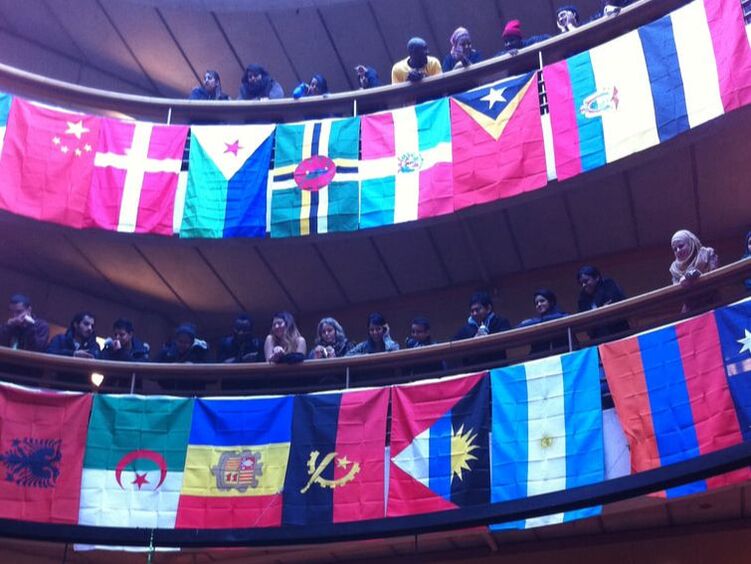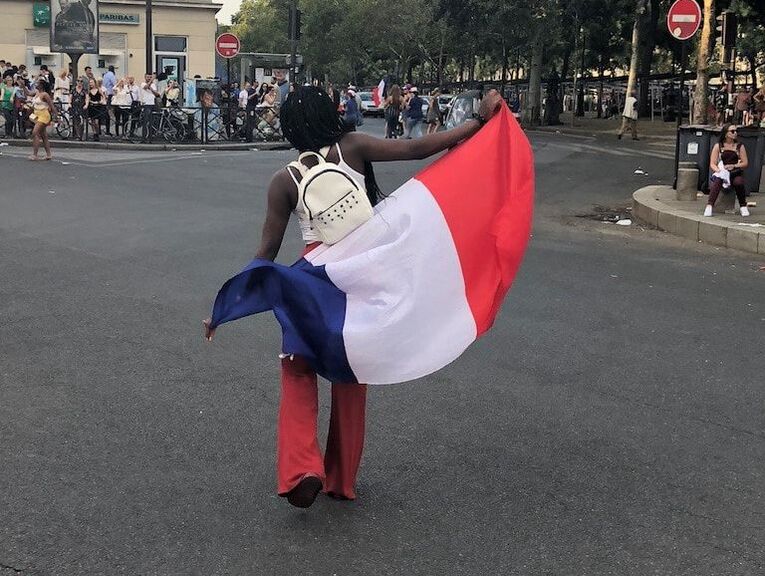|
|
|
By studying a Hmong community located in a rural village in Laos and their transnational families and relatives residing in California, I have learned that the surname-based, clan kinship system is not only critical for them to maintain their cross-border economic relationships and promote cultural traditions, but it has become hegemonic despite the salient generational and national differences between the two countries. For example, Hmong's clan identification has been the basis for the remarkable hospitality Hmong extend towards strangers and unexpected guests who are members of the same clan.
Many Hmong jokingly told me that I am technically 'Korean Hmong', because the English pronunciation of my Korean surname sounds identical to one of their eighteen clans. I came to wonder what makes Hmong clan kinship, based on a surname system, so dominant and inclusive that it allows Hmong to consider complete 'strangers' as family members and kin. Moreover, the strong emphasis on clan-based kinship causes Hmong to strictly adhere to the principle of clan exogamy (members of the same clan cannot marry or even become romantically engaged) and ethnic endogamy.
0 Comments
Social categories establish group boundaries, and also may become obstacles to social interaction and contact between groups. In intimate relationships such as marriage and family, taboos may arise upon historically and socially constituted categories.
Intermarriage confronts these taboos: how individuals transcend social boundaries and create another 'us' through their strong relationships and strategies to deal with social oppression and prejudice. Intermarriage also has the potential to enhance social contacts between different groups, to solve group discontents, to question identity, group boundaries, prejudices and stereotypes, and to lead to more integrated societies. In the Turkish context, Alevi and Sunni intermarriages are a good example of how group boundaries can be blurred, and how categories intersect with different political standings and worldviews, gendered systems and subjective positions.
‘Hong Konger is not a race; it’s a spirit’, claimed a group of ethnic minority advocates of protests against the now-shelved extradition bill and anti-mask law in Hong Kong. The dissociation of Hong Kong identity from race marks the blurring of cultural boundaries between those who are racially Chinese and those who are not. Hong Kong’s political climate appears to play a prominent role in forging a collective identity.
Such an identity claim reflects ethnic minorities’ fulfilled desire to be recognised as Hong Konger like the rest of local Chinese people. My co-authored Identities article with Sivanes Phillipson, 'Bordering on sociocultural boundaries and diversity: negotiating Filipino identities in a Hong Kong multi-ethnic school', presents a relevant scenario in an education setting that speaks to the identity tensions amongst minority groups.
When people hear that my research topic is international marriages, a spark lights up their eyes, quickly followed by the comment, ‘Oh, living with a foreigner must be difficult...’ When I ask, ‘Why do you think so?’, people quickly answer with ‘cultural differences’, but pushing further, language differences is also mentioned as one of the biggest issues that concern people. So, what is it about language and culture that make it difficult for people to understand each other? Don’t we all have different cultures? Will knowing a spouse’s language help? Is there anything else that makes it difficult for people to connect and understand each other?
Having those and many other questions in mind, I conducted my research on marriages of Russian-speaking women from former Soviet Union countries, who live in Japan and are married to Japanese men. I did not intentionally ask participants to talk about differences in customs or ways of living, but no matter what we discussed, the conversation would eventually reveal how spouses experienced and compared each other’s languages and cultures. My Identities article, ‘International marriage in Japan: reconstructing cultural toolkits in marriages between Japanese men and women from the former Soviet Union’, introduces the voices of Russian-speaking wives and Japanese husbands, and explores their thoughts about marriages and culture. I analyse some of my participants’ remarks about their communication with spouses, such as Lyubov, who described the way she talked with her husband:
Haymarket/Chinatown is a precinct located in the southern end of Sydney’s Central Business District. The precinct has become part of the City of Villages initiative, promoted by the City of Sydney administration to inject dynamism in the local economy based on the belief that the city is made up of diverse marketable areas, each endowed with a unique identity. Unlike the other precincts in the Inner Sydney area, the point of differentiation chosen for Haymarket/Chinatown is ‘ethnicity’ — more precisely, an ambiguous multi-Asianness within which images of Chinese communitarian identity occasionally emerge to confer a sense of authenticity to the ethnic place brand.
In my Identities article, ‘Ethnic community in the time of urban branding’, I observe how these simplified images of ‘groupist’ (Brubaker 2002) Chinese identity emerge from the brand management strategy for the Haymarket/Chinatown precinct despite the diversity of the local business and resident community. I frame these instances as tensions inherent in the process of place branding, which is characterised by the need to essentialise for marketing purposes while grappling with increasing levels of cultural complexity of the most populous Australian city.
In 2019, Musée d’Orsay held an exhibition on Black Models, and the National Museum of the History of Immigration held a year-long exhibition on the musical contribution of migration to Paris and London. Why do we need a specific show to give black models an identity and an exhibition to demonstrate the contribution of post-colonial migrants to popular music?
In my Identities article, 'The whiteness of cultural boundaries in France', I explore the underpinnings of France’s relationship to the culture of the Other, through the scope of whiteness. I contend that whiteness can be defined as a kind of capital embedded in the routine structures of economic and political life and is therefore a relevant concept to analyse French cultural policy.
Canada and the United States are touted as multicultural societies, both formally through multiculturalism policies and informally through cultural narratives and metaphors such as the 'melting pot.' Still, these policies, narratives and metaphors can actually mask persistent inequalities that immigrant populations must navigate through, even for populations that already appear well-equipped to adapt to the host culture.
This is the case for Filipina/os. In my Identities article, 'The centrality of neoliberalism in Filipina/o perceptions of multiculturalism in Canada and the United States', Filipina/o university students in Toronto and Los Angeles discuss their views regarding ethnic identity maintenance and inclusion in their respective environments. The results were a bit counter-intuitive.
Many Western expatriates are routinely exposed to being labelled laowai (老外 in Mandarin, literally ‘old foreigner’) in mainland China. According to a 2007 report in People’s Daily, Chinese users of the slang term laowai feel it shows their respect and intimacy for Westerners (‘Is 'Laowai' a Negative...' 2007). This Chinese interpretation was empirically verified by a 2015 research article (Mao 2015).
But some people on the receiving end feel that laowai is a stereotype-laden form of ‘othering’, defined as discourses that create a boundary between insiders and outsiders. Why are these interpretations so different? Why do Westerners feel resentful when they are addressed as laowai? In order to address these questions, we focused on American expatriates living in mainland China, often regarded as prototypical ‘Westerners’ there. We conducted in-depth interviews with 35 American expatriates who ranged in age from 19 to 36 years, varied in sojourn length from six months to ten years, were in different occupations and of diverse racial categories (White/Chinese/Latino/African Americans). By inviting these Americans to reflect upon their intercultural experiences in mainland China, we explored their interpretation of the term laowai.
When you see images of French daily life or French people in magazines, films, or other media, what do you see?
Usually, it’s white people, with perhaps a few visibly non-white people depicted. But this is odd for multiple reasons. One, France has a long history of immigration, primarily from its overseas territories and former colonies. Due to years of colonialism, colonial slavery, and subsequent migration, ethnic minorities, or 'visible minorities' in French academic parlance, have long been part of French society. Secondly, France does not acknowledge or measure race as a separate identity category. So while France is a multicultural society, it does not, as a facet of law, distinguish between these different cultures. One is either French or not. This is France’s Republican model. |
|
Explore Identities at tandfonline.com/GIDE |
|
The views and opinions expressed on The Identities Blog are solely those of the original blog post authors, and not of the journal, Taylor & Francis Group or the University of Glasgow.
